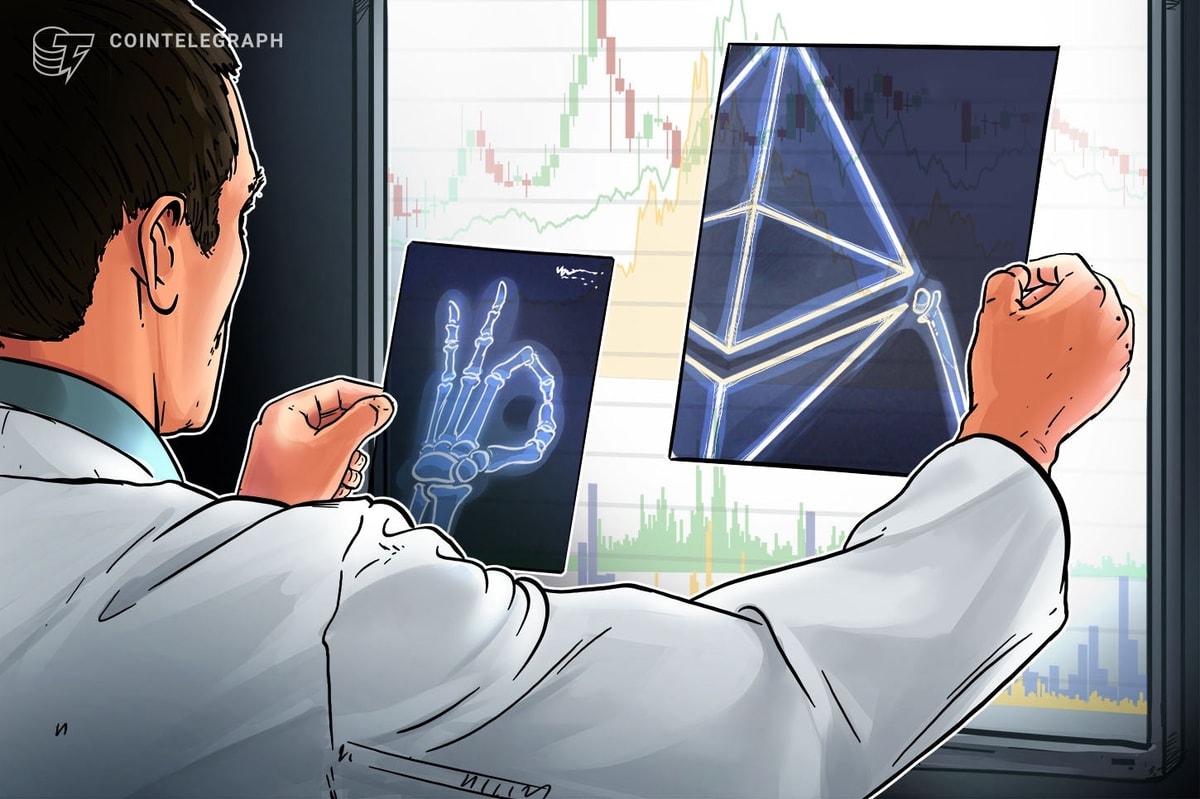Ether (ETH) experienced a 20.7% weekly correction between January 6 and January 13, reaching a low of $2,924 and triggering $395 million in leveraged buy ETH liquidations. This move has tempered optimism, but contrary to expectations, Ethereum derivatives are signaling strong interest from both retail and institutional buyers.
Annual premium for 2-month Ethereum futures. Source: Levitas
In neutral markets, ETH monthly futures premiums typically trade 5% to 10% above the prevailing spot price, reflecting the extended settlement period. Despite the recent drop below $3,000, the indicator remained above the threshold, indicating optimism from whales and market makers.
Ethereum has posted a 42.7% gain in 2024, but sentiment among traders remains subdued. The asset failed to reach a new all-time high, peaking at $4,105 on December 16. Additionally, its main competitors Solana (SOL) and BNB (BNB) have outperformed ETH by 2% so far in 2025. This poor performance sparked apathy among retail traders and coincided with price fluctuations.
Ethereum perpetual futures 8-hour funding rate. Source: Coinglass
Ethereum perpetual futures funding rates remained stable at 0.6% per month, slightly lower than the 0.9% recorded two weeks ago but still within the neutral 0.5% to 1.5% range. Bearish sentiment typically causes this indicator to drop below zero, making short selling incurring financing costs.
ETH faces resistance at $3,200, delaying confidence in its continued upside.
ETH derivatives markets show limited bearish pressure around the $3,000 level. However, the failure to recapture $3,200 on January 14 highlights the potential delay in achieving a sustained rally towards $3,600. Significant obstacles must be removed before investors can gain confidence in a long-term recovery.
Ethereum network transaction fees, at an average of $2.70, are still high compared to competitors such as Solana and BNB. Critics, including DefiIgnas, have argued against This is because the companies that manage these networks often capture value for their own benefit.
Concerns about Layer 2 security have also been raised. Hasu, a strategist at Flashbots and Lido, said of X: “L2 is its own chain with its own rules and governance. Only bridged assets inherit the security of L1.” This highlights a common misconception that layer 2 transactions share the same security as Ethereum’s base layer.
Ether’s path to $3,600 will depend on its roadmap progress.
Ethereum network fees, including validator tips, fell 28% week-over-week, according to Dan Smith, data analyst at Blockworks Research. Solana’s fees and tips, on the other hand, increased 22% over the same period. Additionally, the total revenue and tips generated across all Ethereum layer 2 networks over the past seven days was only $1.1 million.
relevant: Solana Says XRP ETF Could Attract Billions of Dollars in New Investment – JPMorgan
Despite these challenges, Ethereum remains the leading platform for decentralized applications (DApps), with total value locked (TVL) reaching $64.5 billion. By comparison, its closest competitor, Solana, has $8.6 billion. In particular, Ethereum’s Layer 2 ecosystem contributes $10.2 billion to overall TVL, reflecting its growing importance within the network.
Ultimately, Ether’s ability to reach $3,600 and above will depend on the progress of the Ethereum roadmap. Many decentralized finance (DeFi) users are undermining Ethereum’s decentralized spirit by choosing a more centralized system over lower fees. As a result, the ETH derivatives market shows moderate optimism, but it is not enough to significantly boost trader confidence in the short term.
This article is written for general information purposes and should not be considered legal or investment advice. The views, thoughts and opinions expressed herein are those of the author alone and do not necessarily reflect or represent the views and opinions of Cointelegraph.

